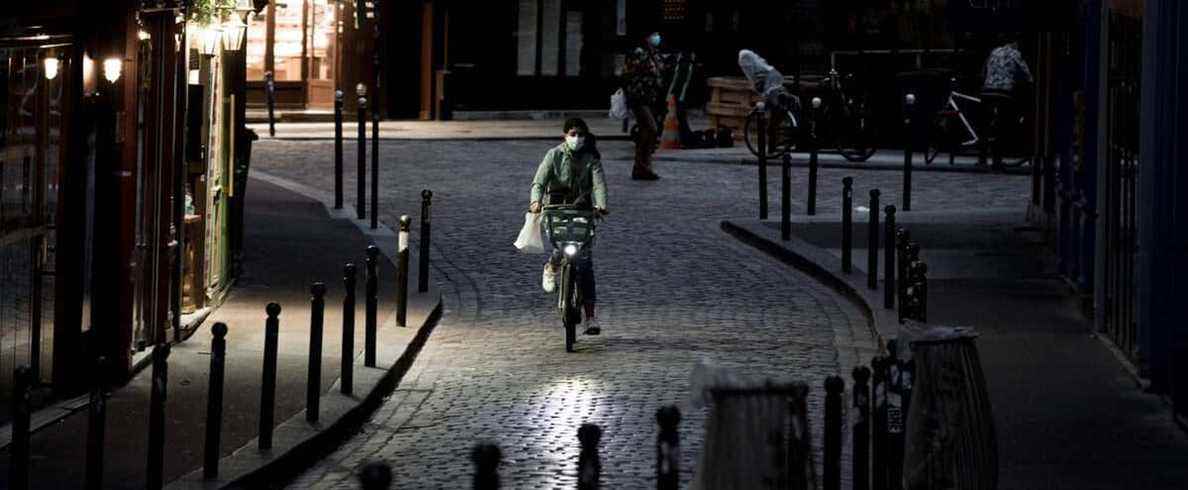PARIS, France | Construction of cycle paths, secure parking spaces, limited traffic zone in the center of Paris: the City of Paris presented on Thursday a bicycle plan (2021-2026) to make the French capital a “100% cycle” city.
• Read also: Richest people emit more CO2 than poorest people, study finds
With the previous plan, endowed with 150 million euros ($ 215 million), “Paris has initiated its mobility revolution”, with “a massification of uses”. With this new cycling plan “the objective is to make a city 100% cyclable”, told AFP David Belliard, deputy environmentalist responsible for the transformation of the Parisian public space.
By 2026, the capital’s cycle network will include 180 kilometers of secure cycle paths, and 390 kilometers of “two-way cycle paths”, the municipality detailed in a press release.
To achieve this objective, 250 million euros ($ 359 million) will be invested, including 180 million in infrastructure, for example “major axes that will irrigate the entire island of France” (Paris region), such as the RERV ( Regional express bike network) and the “Vélopolitain”, a network of major cycle paths that would link the city.
This budget includes in particular the perpetuation of the “coronapistes”, these cycle lanes born during the confinement on major Parisian arteries, as well as an increased ground marking, installed in the streets to indicate the existence of a cycle lane.
“We have a very strong stake in securing crossroads and entry gates” into the capital, added Mr. Belliard, who wants to “reduce urban cuts” by creating, for example, Dutch-style crossroads, which have lanes reserved for bicycles and pedestrians and provide better visibility for motorists.
The cities of the Netherlands stand out as models when it comes to cycling.
“One of the brakes on the use of the bicycle is the fear of being stolen”, argued the elected Parisian, believing that the question of parking was “central”. By 2026, 100,000 new secure spaces, including 40,000 monitored parking spaces for cycles near stations and subway stations and commuter trains must be created. But for that, “we must find the land,” he said.
A limited traffic zone will also be set up in central Paris, with the aim of eliminating all through traffic and halving car traffic in the zone.
A campaign will also be launched so that all Parisian children are trained not only in riding a bicycle, but also in the rules for using public space. “The goal is for all young Parisians to know how to ride a bike when they leave CM2” (entering secondary school, editor’s note), Mr. Belliard wished.
Like other large cities, the health crisis has led to an explosion in the number of daily cyclists in Paris, where cohabitation with pedestrians and cars is not easy.
In 2020, the British government had released 250 million pounds (about $ 425 million) to adapt transport in the face of the epidemic, part of which was dedicated to creating new cycle paths and widening existing ones.
At the same time, Brussels, Berlin, Rome and Barcelona announced the creation of tens of kilometers of additional cycle lanes.
